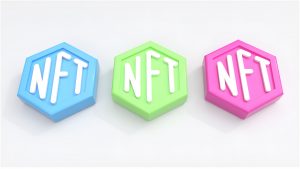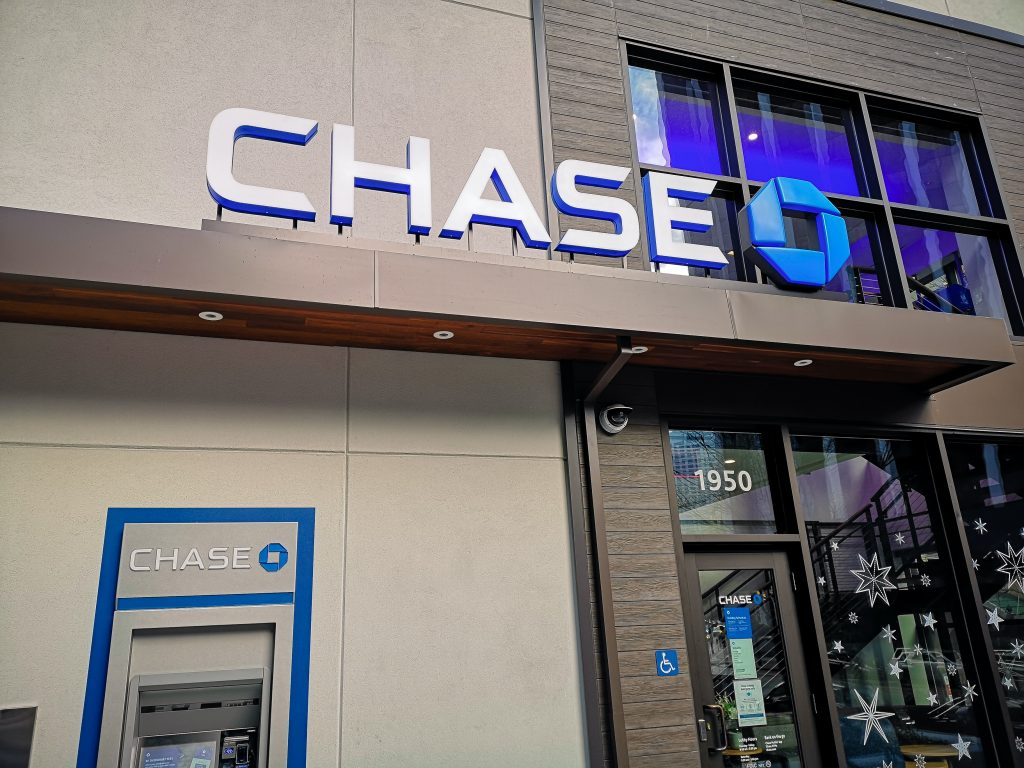
Non-fungible tokens (NFTs) are digital assets that provide a unique layer of digital ownership, digital scarcity, and Web3 capabilities. NFTs have been gaining attention and popularity in recent months, with many people asking what they are and how they work. In this article, we will explore the basics of NFTs, including the concept of NFTs, the underlying technology, the use cases, and more.
What Are NFTs?
Distributed ledgers (i.e., Blockchain technology) issue NFT tokens. They are non-divisible and non-fungible, meaning that each token is unique and can only be used once. This property allows for individual ownership of digital assets. NFTs facilitate smart contract usage, allowing for true digital ownership, digital scarcity, and the ability to interact with Ethereum-based networks. OpenSea is the main NFT marketplace. Another one that is commonly used is Looksrare.
The Technology Behind Them
Firstly, it is important to understand the technology behind them. At its core, NFTs are based on blockchain technology. Blockchain is a public ledger that records transactions chronologically and securely. On top of the blockchain, this type of asset operates on a decentralised protocol built on a permissionless ledger like Ethereum. This enables digital asset ownership, digital scarcity, and the ability to interact with Ethereum-based networks.
Interoperability is one of the key features of NFTs, which means that they are not limited to one platform and can be used across different applications. This enables the use of smart contracts and allows digital assets to be transferred between platforms securely and easily.
The Use Cases of NFTs
Continuing with their uses, NFTs serve a variety of purposes. Including art, collectibles, gaming, digital asset trading, and even real estate. In the art space, artists are able to tokenise their pieces and assigned them a unique identifier on the blockchain. This in turn provides transparency and authenticity to their pieces. With regards to the gaming space, users are able to buy, sell, and trade digital assets on the blockchain.
In the digital asset trading space, users are able to trade a variety of assets. For example: Cryptocurrencies, tokenised assets, and even real estate. This therefore, provides a level of liquidity not seen before in the world of digital assets. Further, it allows for a new level of trust and transparency in digital asset trading.
Finally, NFTs are being used for decentralised finance (DeFi), which is a new wave of financial instruments that leverage blockchain technology to provide more efficient and secure financial services to users. DeFi is quickly becoming popular with investors, as it allows them to access a variety of financial instruments without the need to trust a third party with their assets.
Conclusion: The Future of NFTs
In conclusion, non-fungible tokens are revolutionising the digital asset space. They enable true digital ownership, digital scarcity, and the ability to interact with Web3 networks. The use cases of NFTs are vast and varied, ranging from art and collectibles to digital asset trading and even DeFi. As the technology matures and more people become aware of its potential, it is likely that NFTs will continue to gain in popularity and usage.


